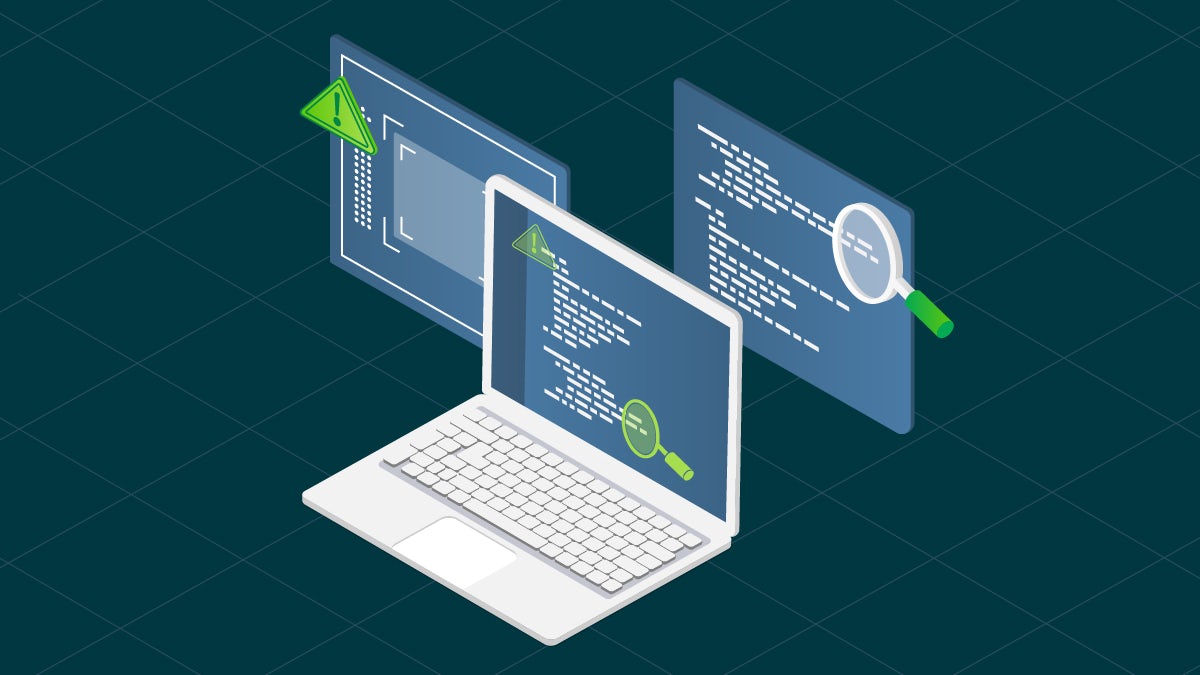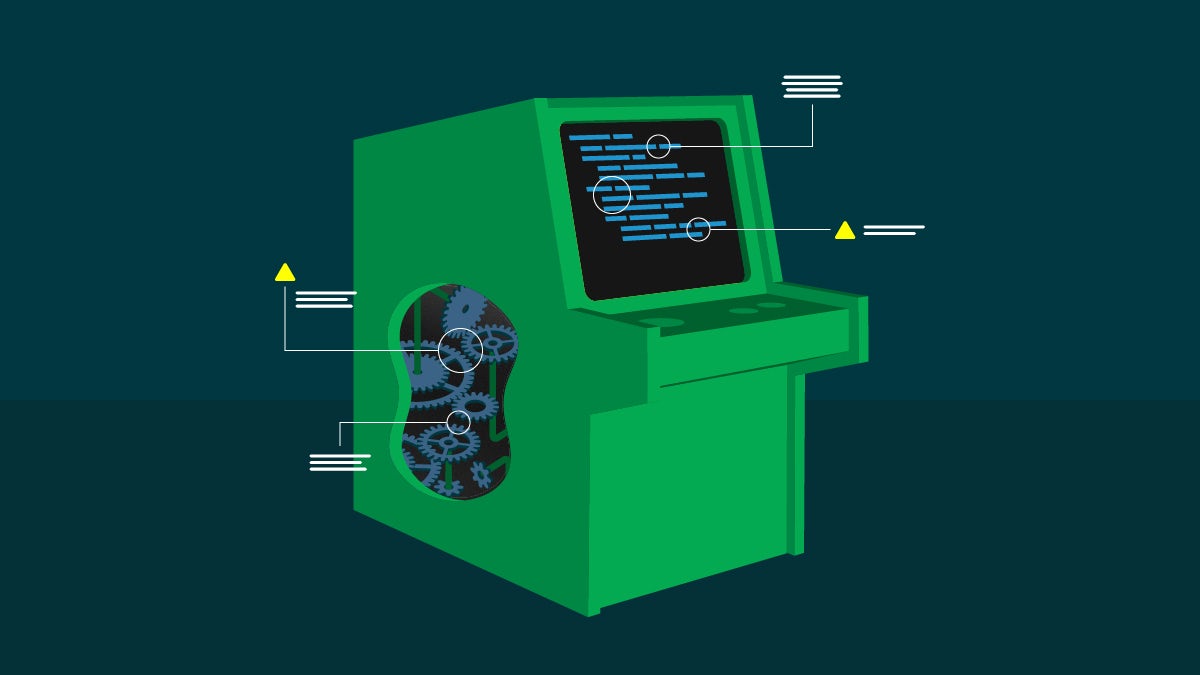As cybersecurity threats become more commonplace, dev teams that rely on just one type of software testing leave their applications vulnerable to attack. To be successful, teams must look beyond the most common testing methods. Two complementary approaches, static application security testing (SAST) and dynamic application security testing (DAST), can help you fill those security gaps.
While SAST examines code at rest to identify security flaws before deployment, DAST simulates attacks on live applications to find vulnerabilities that are only visible during execution. Together, SAST and DAST provide a comprehensive approach to security testing, covering both pre-deployment code analysis and post-deployment vulnerability assessment.
In this article, you will learn the differences between SAST and DAST as well as how and when to use them. You’ll also look at a few other forms of application security testing that you can use to increase overall application security.
For a deeper dive into these two important testing techniques, read SAST: A guide to static application security testing and DAST: A guide to dynamic application security testing .
Why are SAST and DAST important?
Cybercriminals are constantly looking for ways to exploit software vulnerabilities to target organizational networks. The impact of a security breach can be devastating to businesses, leading to significant financial losses, reputational damage, and legal consequences.
Many software teams use testing methods like unit and integration tests along with end-to-end (E2E) tests to ensure their applications perform as expected under a variety of conditions. These types of tests are helpful, but they only assess the software for expected outcomes and correct functionality. They typically cannot detect security vulnerabilities or unexpected behaviors under malicious conditions.
This is where SAST and DAST come into play. These testing methods play a critical role in identifying and mitigating potential security vulnerabilities before they can be exploited.
What is SAST?
Static application security testing analyzes program source code to identify security vulnerabilities. Unlike dynamic testing, which analyzes running applications, SAST is performed without executing the program.
This method allows developers to find and fix security vulnerabilities in the application’s codebase early in the development lifecycle, before the software is deployed. These vulnerabilities include SQL injection, buffer overflows, XML external entity (XXE) attacks, and other OWASP Top 10 security risks.
The SAST methodology guides developers to begin testing their application at early development stages without executing a functional component. This approach discovers application source code security flaws early and avoids leaving security issues to later development phases. This shortens development cycles and enhances overall program security.
SAST testing tools
Some of of the most popular SAST testing tools are:
- Klocwork, a static code analyzer for C, C++, C#, Java, JavaScript, and Python.
- Checkmarx, a tool that supports multiple programming languages.
To mitigate serious security errors and produce more secure applications, many developers now incorporate SAST testing into their continuous integration and continuous deployment (CI/CD) pipelines. There are many use cases for using SAST to create more secure applications.
When can I use SAST?
Here’s an example: SAST can continually monitor source code vulnerabilities for problematic coding patterns that violate software development security best practices. It can also automate testing your application code for a range of vulnerabilities using popular security industry standards, like OWASP Top 10 and SANS Top 25. SAST supports compliance with data protection laws, like the Health Insurance Portability and Accountability Act (HIPAA) and the Payment Card Industry Data Security Standard (PCI DSS).
SAST is especially useful during the early stages of the software development lifecycle, such as during the coding and code review phases. Developers can use SAST tools to scan their code before committing changes to the repository, ensuring that any vulnerabilities are caught and addressed early. It can also be valuable for periodic security assessments and audits. Organizations can schedule regular scans to maintain a secure codebase over time, ensuring ongoing compliance with security standards and regulations.
What is DAST?
Dynamic application security testing scans running software applications in real-time against leading vulnerability sources to find security flaws or open vulnerabilities.
Whereas SAST scans the application code at rest, DAST tests the running application and has no access to its source code.
Since it has no visibility into the underlying source code, DAST stimulates an outside attacker’s perspective. It assumes the tester does not know the application’s inner functions. It can detect security vulnerabilities that SAST cannot, such as those that appear only during the program runtime.
DAST testing tools
While most DAST tools are commercial, Arachni is an open source tool that provides rich functionality. Arachni’s Ruby framework supports scanning web applications for vulnerabilities including XSS (with DOM variants), SQL injection, NoSQL injection, code injection, and file inclusion variants. It can be helpful to try this free tool before deciding which commercial DAST tool to purchase later.
When should I use DAST?
DAST is useful for detecting misconfiguration in servers or databases that affect web application security during runtime. It can also catch authentication and encryption issues allowing unauthorized access, which SAST cannot. Also, DAST can test other API or web services your application connects to, in addition to IT infrastructure resources like networking and data storage. So, DAST is valuable for testing the entire IT environment where your application or web services operate.
Because DAST tests require a complete working application, they are best reserved for a later phase in your application development process. DAST is particularly effective during the pre-production and production stages, where it can identify vulnerabilities that only emerge when the application is running in its real-world environment. This ensures comprehensive security coverage, addressing potential issues that static analysis alone may not detect.
SAST vs. DAST: Which should you use?
Now that you know the main characteristics and objectives of SAST and DAST testing methodologies, which one is best suited to your application testing environment?
The truth is, there is no need to choose one over the other. Combining both SAST and DAST offers a more holistic approach to security testing that enables continuous feedback across different stages of the development lifecycle.
SAST tests the application’s internal source code in early development phases to ensure developers follow the best security practices when writing code. In contrast, DAST testing begins in later development phases in a working application. It tests the application while it’s running to discover its susceptibility to the most common cyber threats.
SAST testing is technology-dependent. So, your SAST tool should support your programming language and development framework to ensure complete testing coverage. On the other hand, DAST is technology-independent because it tests the application in runtime from an external user perspective.
To achieve maximum security for your software application, consider integrating SAST and DAST tooling as part of the app’s CI/CD pipeline. DevSecOps should use both methodologies to integrate security into each development phase. This approach helps development teams integrate security controls into their design process without impacting productivity. Automating SAST and DAST scans with CI/CD accelerates development time without sacrificing the final product’s safety.
Other forms of application security (IAST, RASP, and HAST)
SAST and DAST are not the only available security testing methods. The development community also uses variations like IAST, RASP, and HAST.
Interactive application security testing (IAST)
IAST is a testing methodology that combines the functions of both SAST and DAST. It uses a monitoring mechanism (sensor or agent) in the application’s backend to gather information during runtime.
This approach lets developers test their application’s behaviors at runtime using DAST testing techniques while still monitoring source code execution, like SAST testing. IAST mitigates a significant limitation of the SAST methodology: its inability to follow and test all dependencies, like libraries and frameworks, that modern web applications use.
Runtime application self-protection (RASP)
RASP tests and protects applications against common vulnerabilities during execution or runtime. DevOps can use RASP to monitor applications in production and take corrective steps when it detects abnormal activity, such as a cyberattack or other malicious action.
Hybrid application security testing (HAST)
HAST combines SAST and DAST methodologies to discover and fix application security vulnerabilities. Although this approach requires more time and budget, it is optimal for designing secure applications.
Conclusion
Most security incidents result from unfixed security errors being exploited by today’s complex IT threat environment. Your development team should be using a combination of SAST and DAST to protect applications and customers from cyberthreats.
Automating this security testing saves time and produces more accurate results. Implementing both testing strategies in your CI/CD pipelines not only strengthens your security posture but also ensures that security is a continuous, integral part of your development process.
Sign up for a free CircleCI account today to automate your application security testing, and learn how CircleCI can support your team in delivering safer software faster.





